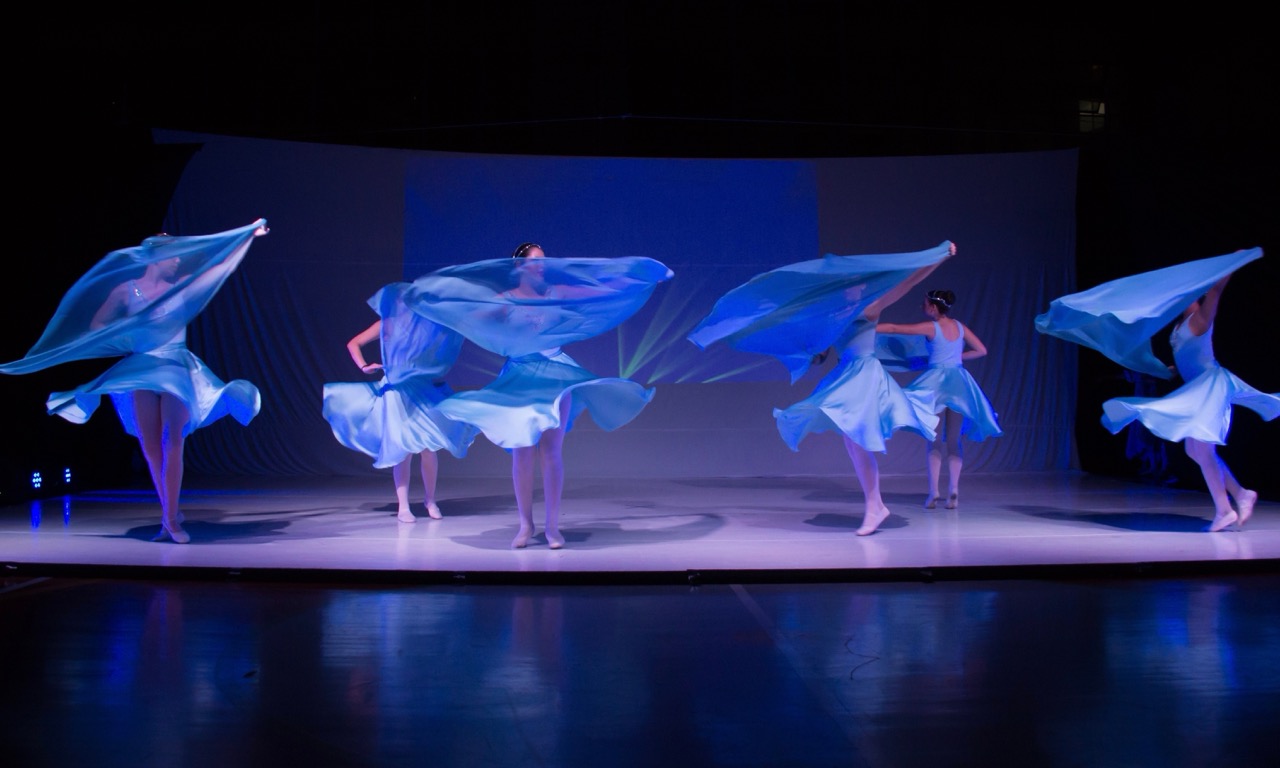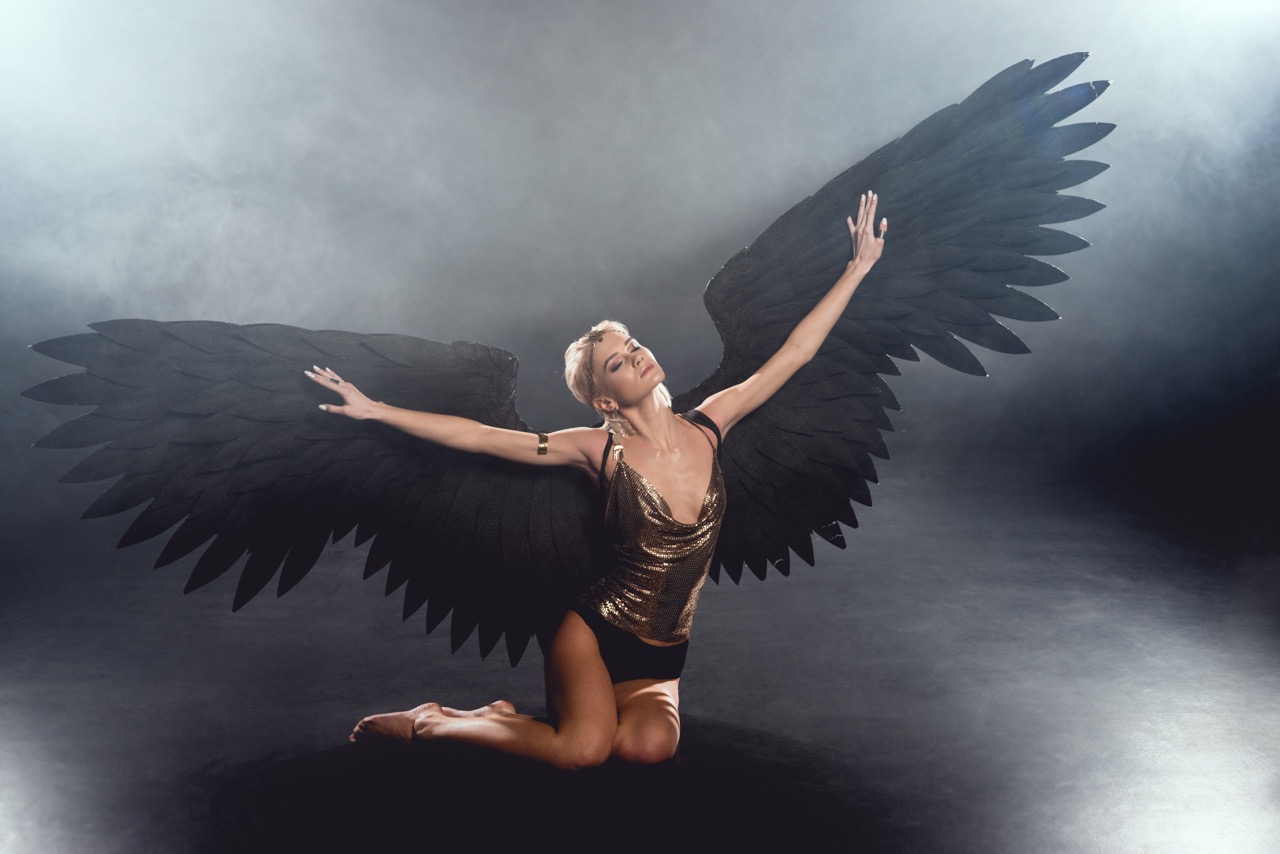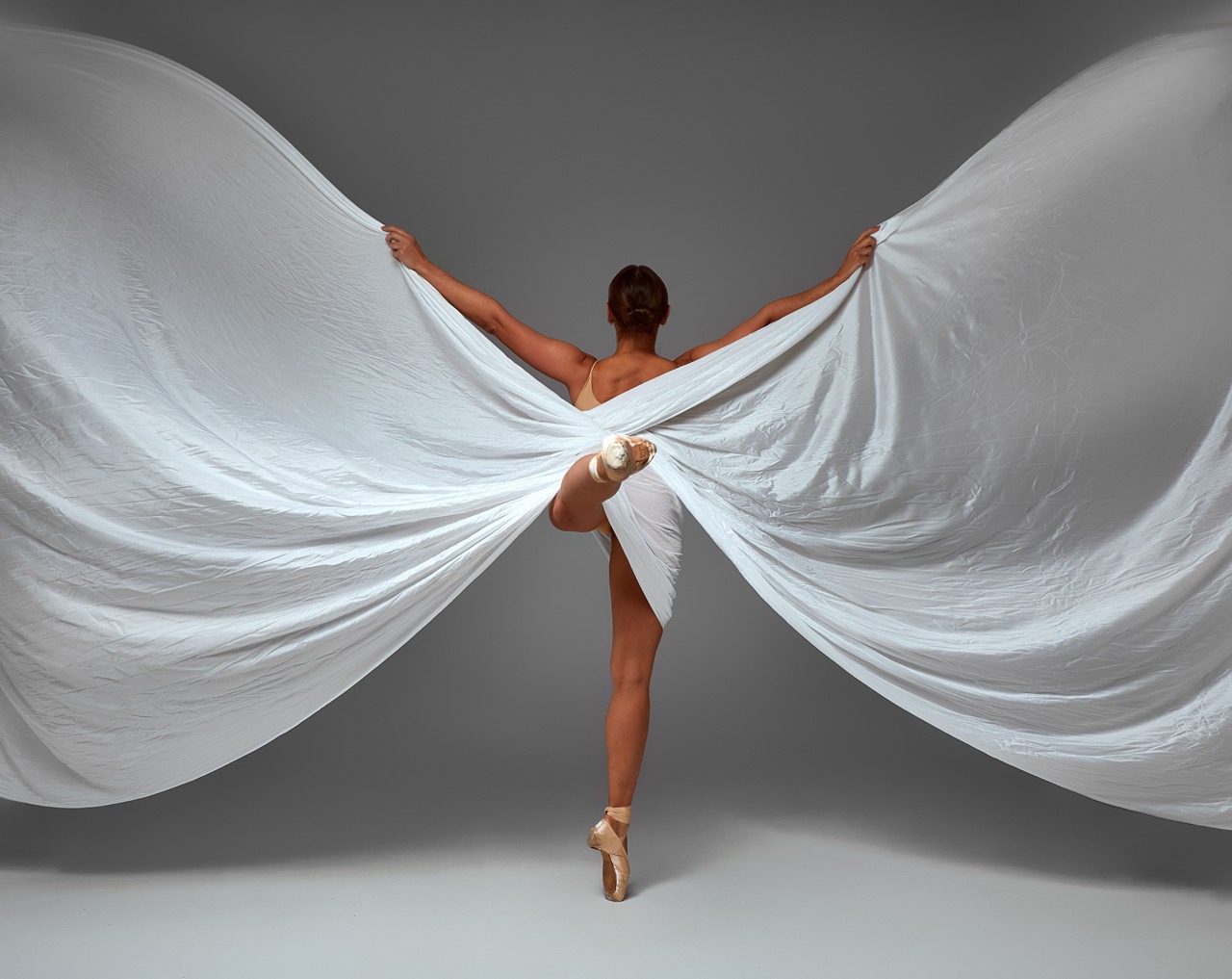Creating the perfect dance wings can elevate a performance, allowing dancers to express their artistry through movement and color. However, achieving the right balance between aesthetics and functionality can be a challenge. Lightweight dance wings are essential for fluidity and grace, enabling performers to captivate their audience without the hindrance of heavy materials. In this article, we will explore the best materials for creating these ethereal dance wings, encompassing fabric choices, durability, innovative crafting techniques, and optimal material options for performance.
Discovering the Ideal Fabrics for Dance Wing Design
The fabric choice is critical in wing design, as it affects both the appearance and performance of the wings. Lightweight materials such as chiffon, organza, and silk are popular among dancers for their sheer quality and flowing nature. Chiffon, a semi-transparent fabric, offers a delicate drape and a soft touch, allowing light to play beautifully on its surface. Similarly, organza, known for its crisp texture and slight sheen, adds a touch of elegance while remaining lightweight, making it a favorite for dramatic performances.
Another excellent choice is georgette, which has a slightly heavier weight than chiffon but maintains a soft, fluid drape. This fabric can withstand the rigors of dance while providing a beautiful silhouette during movement. For those looking for a more modern approach, nylon or polyester blends can offer moisture-wicking properties and durability, making them practical options for extended performances. The versatility of these fabrics allows dancers to customize their wings to suit various styles and themes.
Moreover, incorporating contrasting fabrics can create visual interest and depth. For instance, pairing sheer materials with solid fabrics can enhance the overall design and add dimension to the wings. Experimenting with textures and patterns opens up endless possibilities for creativity, ensuring that dance wings not only function efficiently but also serve as stunning visual elements on stage.
Balancing Durability and Weight: Key Material Choices
When selecting materials for dance wings, achieving the perfect balance between durability and weight is paramount. Heavier fabrics may provide sturdiness, but they can restrict movement and hinder performance. Lightweight options such as ripstop nylon are beneficial for their strength and resistance to tearing, making them ideal for intricate wing structures that require stability without adding unnecessary weight.
Another suitable material is taffeta, known for its crispness and ability to hold shape. While it is slightly heavier than chiffon or organza, its durability ensures that it can withstand the wear and tear of frequent performances. Taffeta also holds dye well, giving wings vibrant colors that stand out on stage. For a unique twist, dancers can explore the use of biodegradable fabrics, like organic cotton or hemp blends, which offer both sustainability and durability while remaining lightweight.
In addition, consider incorporating reinforcement techniques such as double-stitching or using bias tape along the edges. These methods enhance the structural integrity of the wings without adding significant weight, allowing dancers to perform with confidence and ease. By choosing materials and techniques that prioritize durability while maintaining a lightweight feel, wings can provide the perfect support for even the most dynamic of performances.
Innovative Techniques for Crafting Featherlight Wings
Crafting featherlight dance wings requires innovative techniques that prioritize both functionality and aesthetic appeal. One popular method is using a lightweight frame constructed from materials like fiberglass or lightweight aluminum. These frames provide the structure needed to support the fabric while ensuring that the overall weight remains minimal. Additionally, utilizing a collapsible design can allow for easy transport, making it convenient for dancers to take their wings everywhere.
Another cutting-edge technique involves employing digital fabric printing, which allows for intricate designs and patterns to be printed directly onto lightweight fabrics. This method not only saves on material costs but also ensures that the designs remain vibrant without the need for additional layers of fabric that could add weight. Furthermore, layering different fabric weights strategically can create depth and movement, enhancing the visual impact of the wings while keeping them light.
Additionally, consider the art of embellishment. While traditional embellishments like sequins or beads can add weight, opting for lightweight alternatives such as fabric paint or lightweight vinyl appliqués allows for creative expression without compromising the wings’ performance. Employing techniques like laser-cut designs can also introduce intricate detailing without the burden of extra weight. By combining these innovative approaches, dancers can create stunning wings that enhance their performances without inhibiting their movement.
Elevating Performance: The Best Lightweight Material Options
To truly elevate a dancer’s performance, it is essential to select the most suitable lightweight materials for creating dance wings. Among the top contenders is silk satin, which boasts a luxurious feel while remaining surprisingly light. The natural sheen of silk can add a level of sophistication to a dancer’s outfit, making it ideal for formal or themed performances. Additionally, its smooth texture allows for effortless movement, ensuring that dancers can perform without any hindrance.
Another exceptional option is lightweight spandex or lycra, which not only provides stretch but also retains its shape exceptionally well. This flexibility allows dancers to move freely while still maintaining a polished look. Pairing these materials with sheer overlays can create a beautiful contrast, combining the fluidity of lightweight fabrics with the form-fitting nature of spandex, ultimately enhancing the overall aesthetic.
Lastly, consider utilizing specialty fabrics like tulle or mesh, which are inherently lightweight and can add layers and dimension to dance wings. These materials allow for airflow and movement, making them perfect for incorporating into designs that require dynamic shifts in shape and form. With the right combination of lightweight materials, dancers can create wings that not only look stunning but also enhance their performance and movement on stage.
In conclusion, the journey to create lightweight dance wings involves a thoughtful selection of fabrics and innovative crafting techniques. By exploring ideal materials, balancing durability with weight, and embracing modern approaches to design, dancers can elevate their performances to new heights. The right wings not only enhance the visual appeal of a performance but also empower dancers to express their artistry with grace and fluidity. As the world of dance continues to evolve, so too do the possibilities for creating stunning, featherlight wings that captivate audiences and inspire performers.










